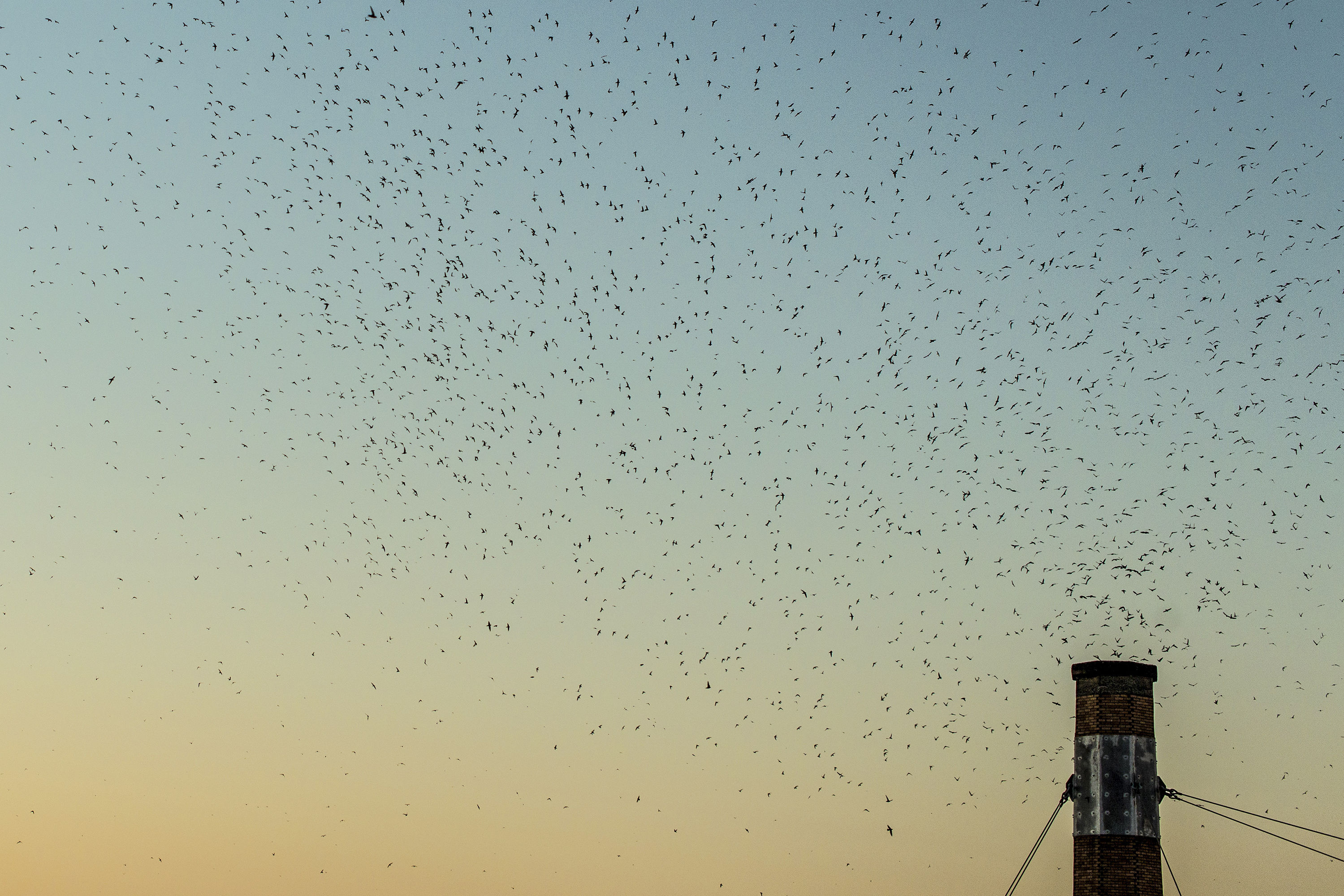6 Bugs We Don’t Have to Worry About in Oregon—or Do We?
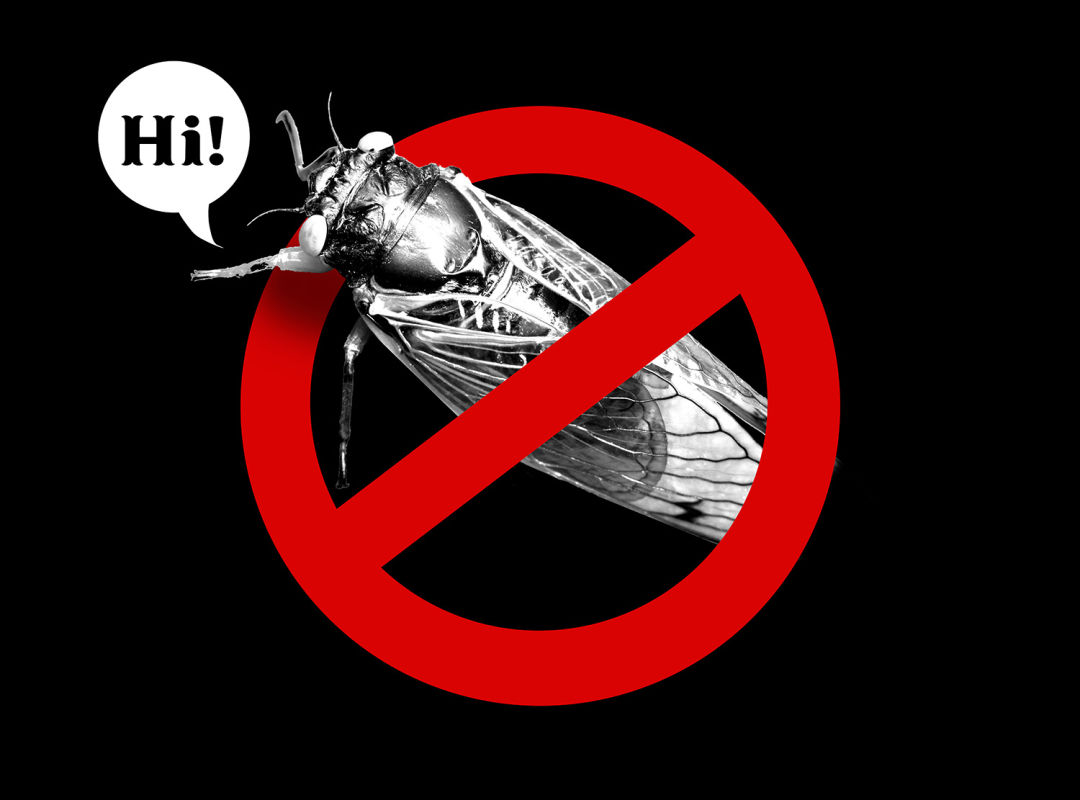
Brood X cicadas? Not in these here parts.
Honeybees, mosquitos, dragonflies, ladybugs, yellowjackets, ants, spiders, mayflies. Friend or foe, these are familiar critters to Portlanders. While people cite the ocean, the mountains, the forests, the food, the bike-friendliness, the beer, and more as reasons to love living in Portland, few would point to the relative boringness of local insects and arachnids (the Japanese beetle and other plant-destroying invaders aside, of course). We might miss out on lightning bugs on this side of the Rockies, but on balance we’re still coming out all right. There are even bugs we actively try to get more of, as local efforts to save the honeybees, help the monarchs, and attract more pollinators in general can attest.
Here are a few of the no-fun bugs we don’t have to deal with nearly as much as some other parts of the country do.
Periodical Cicadas
The every-17-years horror film known as Brood X (that’s a roman numeral 10, by the way, not some name for a lab experiment gone wrong) is playing out now in the eastern part of the United States, from Illinois down to Georgia and up to New York. In Oregon, we don’t have overwhelming numbers of these two-inch-long, red-eyed, black-bodied bugs emerging from the ground all at once (thanks to eggs laid during the first George W. Bush administration), interrupting our Little League games and compromising our outdoor dining. That means we also don’t have a thick layer of their shed amber skins covering our windshields, sticking to our playground equipment, and crunching under our feet. It’s the first cycle of Brood X (the largest of the 17-year cicadas) since the advent of Facebook, Twitter, Instagram, and YouTube, so get ready to have all your East Coast friends terrorizing you with their pictures and videos.
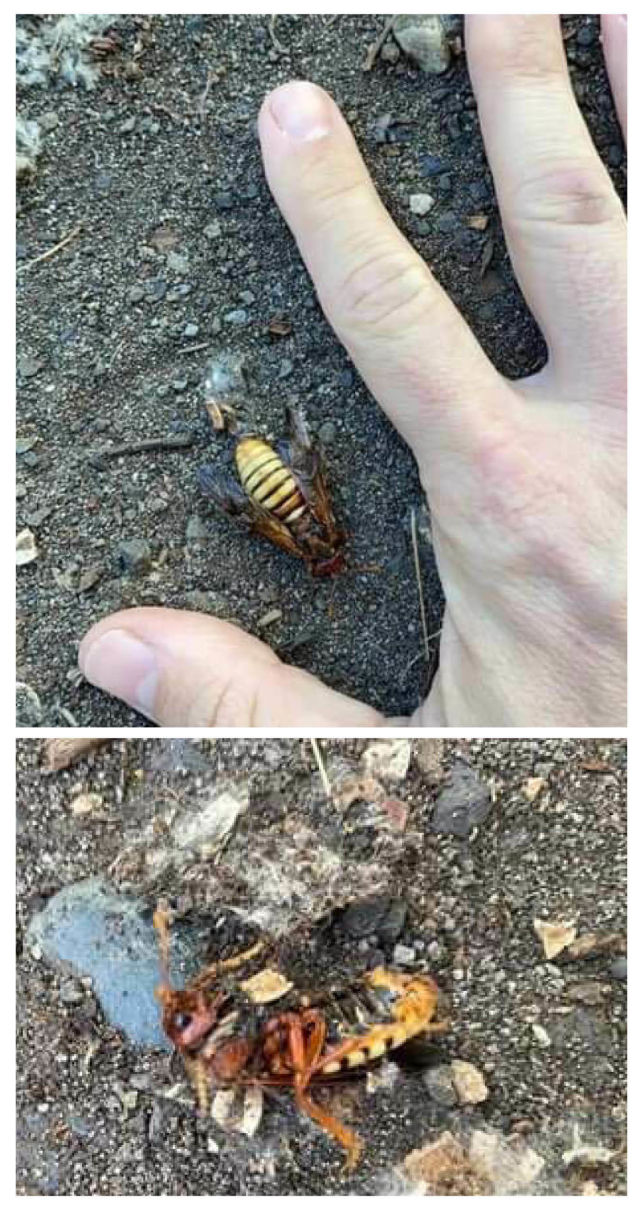
Ken Ross and his son found an alarmingly large insect in Kelley Point Park last summer, but an entomologist tells us it’s not a murder hornet, but a native sawfly of the genus Cimbex. Keep calm and carry on.
Image: Courtesy Ken Ross
Murder Hornets
The first sightings of Asian giant hornets in western Canada and Washington state were in 2019. Last year, a nest of the invasive species was found (and destroyed) near Blaine, Washington, at the Canadian border. Called “murder hornets” for their meaner sting, aggressive hive defense, and danger to honeybees and other species, these baddies are being lured to juice traps by the Washington State Department of Agriculture. Are they an everyday concern in Oregon? Not yet. But last summer St. Johns resident Ken Ross and his then-5-year-old son found what Ross thinks may have been a murder hornet in Kelley Point Park.
"It was big enough to catch our eye," Ross says of the nearly dead insect they found. "We picked it up with a leaf to see if it was actually what we thought it was." Ross sent images of the find to state agencies in both Oregon and Washington, but never heard back. He kept the dead bug in a bag for a while but has since thrown it away.
Ross's report was one of hundreds received last year by the Oregon Department of Agriculture, according to ODA entomologist Josh Vlach. “Only one specimen was an Asian hornet species,” Vlach wrote in an email. “It was found dead in a container that had arrived from Asia. No live hornets or nests have been found” in Oregon. Vlach says the department will be trapping and surveying for hornets this summer, too, and anyone can report a possible sighting. (Check here to rule out similar-looking bugs.)
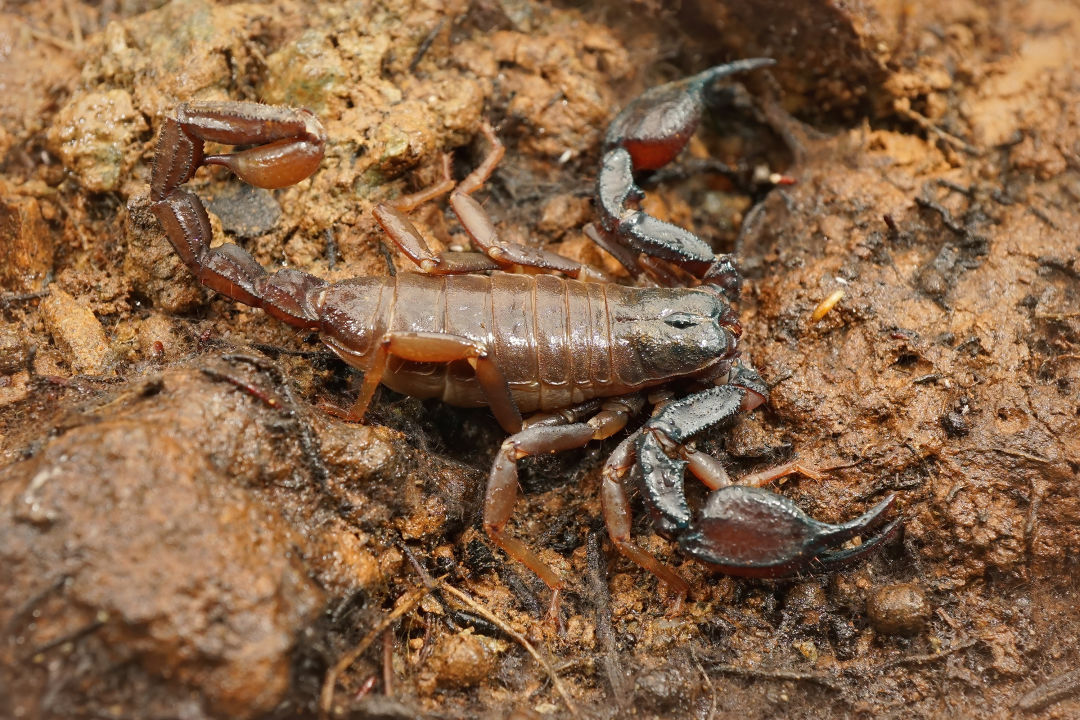
The forest scorpion
Image: Courtesy HWall/Shutterstock
Scorpions
A Hollywood favorite from Bond flicks to Mexican horror to Ryan Gosling’s jacket in Drive, the venomous arachnids are far, far away in the deserts of the Southwest, right? Well, most of them are. But they’re heeeere. In Oregon we have Uroctonus mordax, the forest scorpion. Smaller than their desert relatives with a sting described as no worse than a honeybee’s, these scorpions are nocturnal and rarely spotted.

This is Yuko, a colleague’s cat. The orthopterophobic writer (that means she’s afraid of crickets and cricket-like things) thought this would be nicer to look at. Google at your own risk.
Image: Gabriel Granillo
Jerusalem Crickets
The stuff of nightmares for many a SoCal child and sometimes called potato bugs, Jerusalem crickets are not true crickets and not from Jerusalem. (Similarly, the Jerusalem artichoke is not from Jerusalem and not an artichoke. Have words lost all meaning? What is language? Who am I?) About two inches in length and often giving off a foul smell, they mostly range from California to Nebraska and points south, though they are in Oregon, too.
Chiggers
More common in the Southeast and Midwest, chiggers, or harvest mites, are teeny red arachnids that use their digestive enzymes to break down your skin for easier munching, causing red bumps and terrible itching. The effect can resemble chicken pox, but chigger bites generally cluster around waistbands or sock cuffs—if chiggers run into a barrier, they decide they have arrived at their dinner location. Lazy buggers.
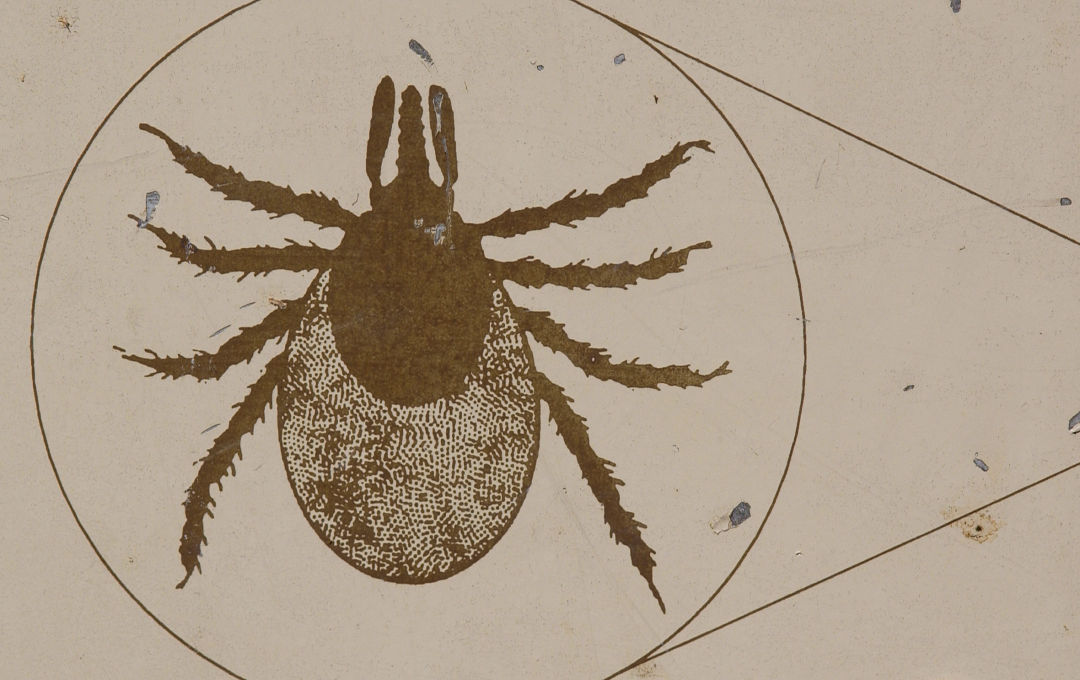
A sign warns of the presence of the blacklegged tick.
Ticks
New England (home to namesake Old Lyme, Connecticut) and the Upper Midwest account for the most cases of tick-borne Lyme disease in the US. But the bacteria that causes Lyme disease is also spread by the western blacklegged tick found in western Oregon, and the spotted fever–causing Rocky Mountain wood tick lurks east of the Cascades. Undiagnosed or untreated Lyme disease can cause long-term complications for the joints, heart, and nervous system, and some symptoms can persist even with antibiotic treatment. To lessen disease risk, do a visual check for the critters after hikes or any time spent in tall grasses (this is a great way to close out, say, a second date if you already know you want a third), and remove them promptly and completely.
Editor’s note: This story has been updated.


